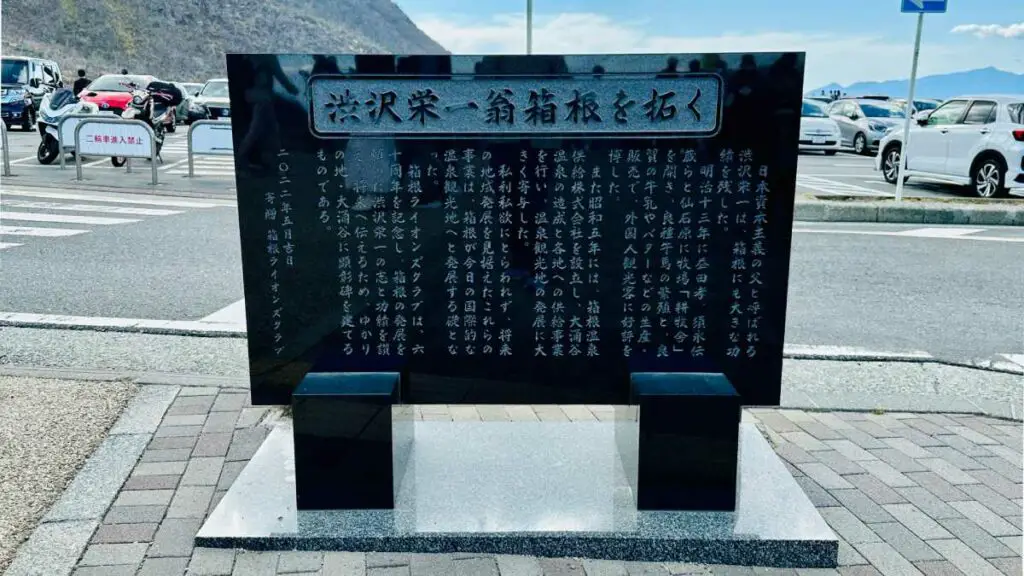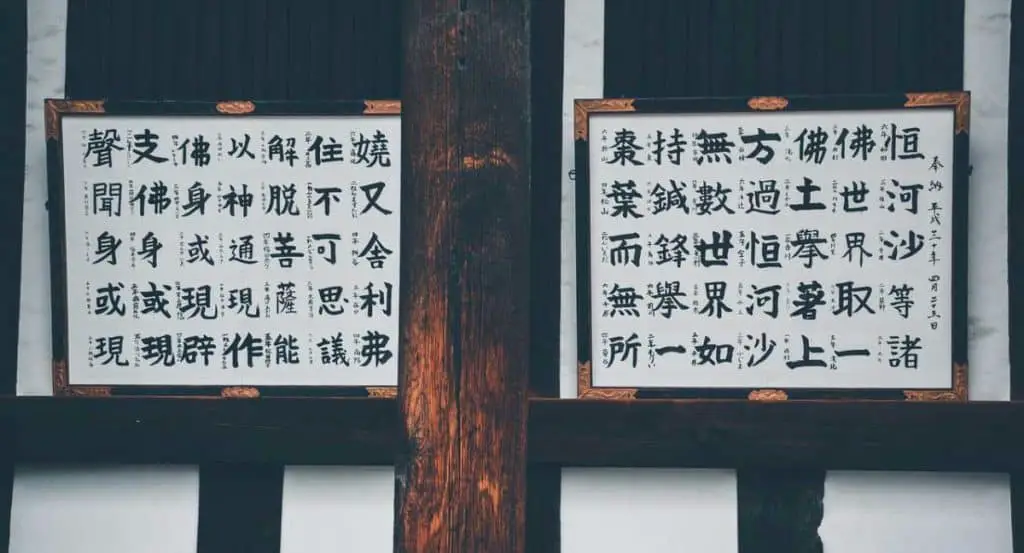When traveling to Japan, it’s impossible not to notice the thousands of shrines and temples, which are, by the way, some of the most stunning things to see. Japan seems to have religion-related aspects everywhere, so I decided to get a little deeper into this subject and try to find some intriguing facts about it. Well, I ended up finding some fascinating and surprising things that make me even more captivated by this country out of the ordinary. So what are the most interesting facts about Japan’s religion?
Japan is a country full of surprises, and religion is one of them. No other place on Earth has religions that complement each other in such a perfect and peaceful way. Most Japanese don’t consider themselves as religious persons, and yet religion is everywhere you look.
If this teased your curiosity, let’s take a deeper look into some interesting facts to better understand the uncommon Japanese religion.
Japan’s Religion is a Mix of Two Main Religions
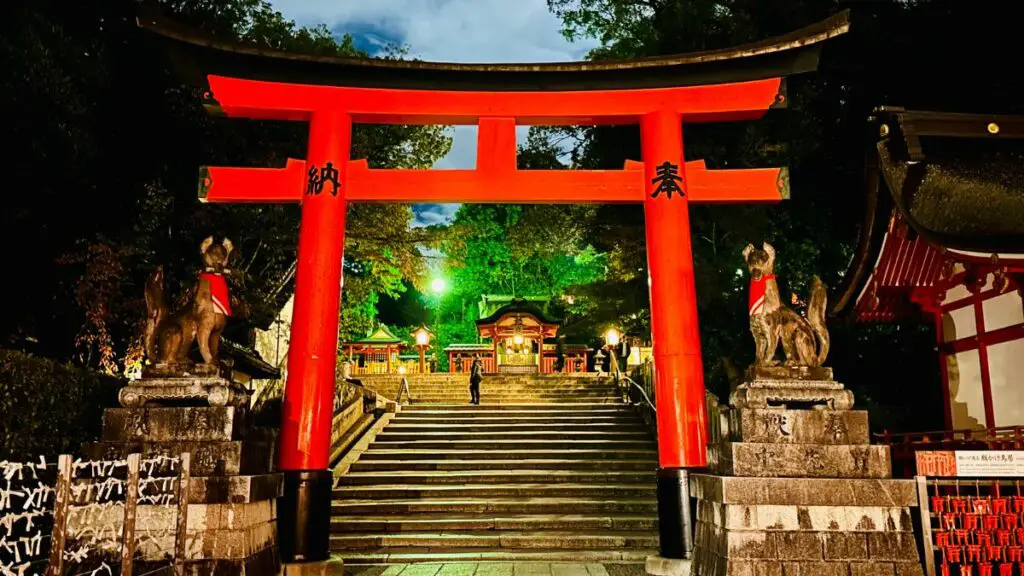
© Ana Costa
Japan’s main religions are Shinto and Buddhism. Shinto (神道), which means “the way of the gods” is the most ancient religion in Japan and it’s based on the belief that all things can be gods (or kami).
Therefore, gods can manifest themselves in multiple forms, like trees, animals, rivers, places, people, and even objects. This creates a bigger proximity between the people and the gods as both exist in the same world. Shinto is also considered as Japan’s traditional religion.
On the other hand, there’s Buddhism. Buddhism (仏教) is a religion introduced in the 6th century as a gift from Korea, and it follows the teachings of Buddha. It’s a complex religion, with different schools, that evolve all the time, but it always keeps in mind the soul and the afterlife.
In the beginning, there were some conflicts between both religions, but during the Kamakura period (A.D. 1192 – 1333), Buddhism finally became a religion of the people for the first time (before that time it was more reserved for the high members of society).
Hey, check out these recommendations I have for you!
Before going any further, take a look at some of the recommendations I've handpicked for you. I think these are essential items you should have on your trip to Japan. You can check them out and buy them directly from Amazon.

|

|

|
| A universal travel adapter | A 10,000 mAh power bank | A travel adapter and converter |
Nowadays, both religions coexist, and they even complete each other since one (Shinto) is centered on the present life in this world, while the other (Buddhism) focuses on the afterlife in the next world. That’s one of the main reasons why birth ceremonies are celebrated according to the Shinto way, whereas funerals are performed as stated by the Buddhist religion.
This is why it is said that the Japanese are born and live as Shinto, but they die as Buddhists.
If you want to enhance your understanding of Japanese religion, there are some great books that you can read. My favorite books are the following (all available on Amazon):
- The Essence of Shinto: Japan’s Spiritual Heart
- Shinto the Kami Way
- The Art of Taking Action: Lessons from Japanese Psychology
You may also like:
What Does Sakura Really Mean in Japanese?
What is The True Meaning of Japan’s Flag?
There Are Two Important Religion-Related Events to Keep in Mind
There are two main dates in the Japanese calendar: New Year, which is celebrated from January 1st to January 3rd, and Obon, which is celebrated according to the lunar calendar, on the 15th day of the 7th month (usually around August 15th, but it varies all the time).
New Year is an important date that is made of several events. One of the most interesting is the New Year’s Eve with the Joya No Kade event (Ringing in the New Year). This is a Buddhist ceremony where the huge bells of the temples are rung 108 times to clear the people’s sins. The next interesting event related to the New Year is called Hatsumode (First Visit) and it is simply the first visit to a shrine or temple during the first week of January in search of good fortune.
Obon is a Buddhist event that lasts 3 days to honor the spirits of the ancestors. During this event, people commemorate the return of their loved ones, back into their lives for 3 days, before going back to their spiritual place. On the first day, the Japanese people light paper candles to help spirits find their way and invite them to their homes. At this point, you’ll see paper candles everywhere around Japan, and it’s one of the most beautiful things to see if you get the chance to visit Japan during the Obon festival.
It is believed that the spirits will stay for a few days during which people will celebrate and dance. The traditional dance to honor the spirits of the dead is called Bon Odori, which means Bon Dance. This dance is a little different from one region to another, that’s why you can have different moves and different music if you travel throughout Japan during the Obon Festival. However, the typical dance will have a wooden scaffold and the people lined in a circle around it while dancing. In some regions, you might even see people lining up in the streets and dancing.
At the end of the festival, it’s time for the spirits to return to their afterlife realm. There are different goodbye ceremonies, but you usually see bonfire ceremonies, like the Daimonji Festival in Kyoto that marks the end of Obon, or floating lantern ceremonies.
Get all the cool spots and tips for a fun trip to Japan. It's free!
Get My Japan Guide
The Daimonji Festival consists of five huge fires (3 Chinese characters, a gate, and a boat) that are lit on the top of Kyoto mountains. These fires can be seen from almost everywhere in Kyoto. The floating lanterns are also a spectacular part of the Obon Festival. People customize each lantern, and then they are released into the river to join the sea. Once more, the lanterns are used to guide the spirits back to their realm so that they don’t get lost. Make sure you don’t miss this event if you’re in Japan during the summer.
Here’s a small video, I found on YouTube that illustrates what you just read.
Matsuri (Festivals) Originated From Shinto Rituals
Until the 19th century, the economy of Japan was based essentially on agriculture, and therefore, on successful harvests. To have good harvests, the Japanese used the Shinto ritual to ensure the goodwill of the spirits that were present in the water, the earth, the trees, and everything else that could have an impact on the harvest.
Matsuri (Japanese festivals) are associated with shrines and are generally split into 3 parts. The first part usually happens at the shrine and is used to call the gods that will benefit from a temporary residence at a portable shrine. The second part consists of carrying the portable shrine through the town to spread the gods’ goodwill. Finally, the last part is to send the gods back to their original place.
Some of Japan’s well-known festivals are:
- Jidai Matsuri in Kyoto (October 22)
- Sanno Matsuri in Tokyo (mid-June on even-numbered years)
- Saidaji Hadaka Matsuri in Okayama (February 16)
- Aoi Matsuri in Kyoto (May 15)
- Gion Festival in Kyoto (July)
- Tenjin Festival in Osaka (July 24-25)
- Akita Kanto Festival in Akita (August 3-6)
- Kishiwada Danjiri Festival in Osaka (mid-September to early October)
Japanese Don’t Consider Themselves as Religious Persons
Before the 19th century, the concept of religion as we know it wasn’t an established idea in Japan. The Western religious concepts are far away from the Japanese religion as the idea of a preached religion and the regular presence at a place of worship doesn’t match the Japanese culture.
For the Japanese people, you could say that religion is a way of living, acting, and, most importantly, being. The Japanese also go to the shrines and temples asking for good fortune and praying to the gods, but this is not seen as a way to be religious, but it’s more like their true nature. I guess we could say that religion is profoundly rooted in Japanese culture, in a way that you can’t separate them.
If you ask the Japanese if they consider themselves religious persons, they most likely answer “no”, yet you’ll see them at shrines and temples. This is just because they don’t have the same notion of religion as the Western society, and I’m glad they don’t.
The same person in Japan will probably visit Shinto shrines for birth, childhood, and even wedding ceremonies and Buddhist temples for funerals, for instance. Some might even adopt Western-style weddings with the typical white dress for the event after celebrating a traditional Shinto wedding ceremony. The Japanese don’t apply the concept of choosing only one religion and preaching it at any cost. Instead, they are influenced by the best of each religion and apply the beliefs in everyday life. Most Japanese identify themselves with Shinto and Buddhism at the same time.
Wouldn’t it be great if everyone applied this concept in Western countries? In my opinion, the world would be a better place if we did.
Religion is everywhere in Japan, but, as it is so present in daily life, the Japanese just accepted it as their own culture. I believe that no other country has a multifaceted religion with this amalgamation of ideologies and influences from around the globe.
Fate, Lucky, And Superstition Are Important Concepts
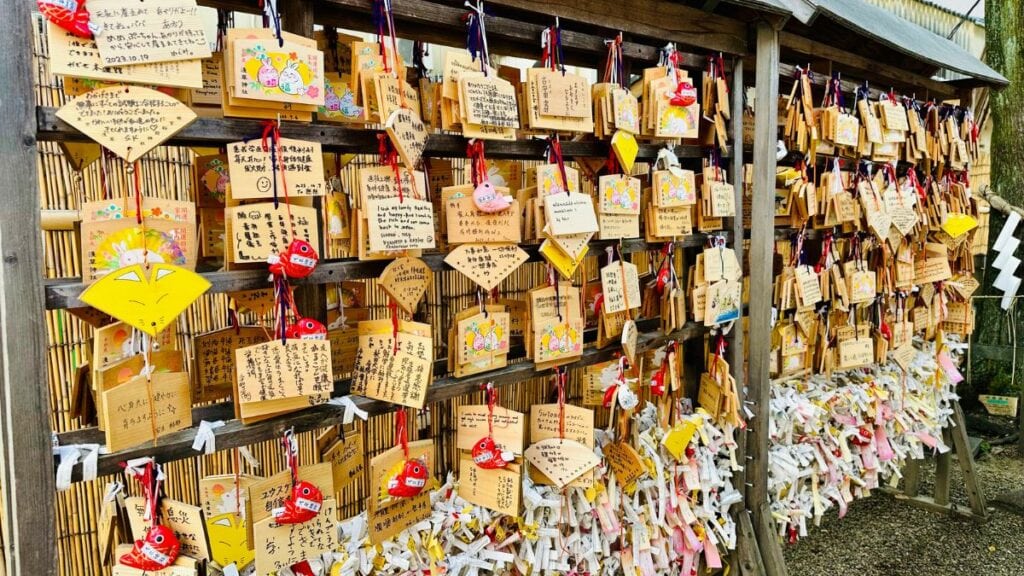
© Ana Costa
Even if the Japanese don’t consider themselves religious persons in general, fate, lucky charms, and superstitions are truly important in daily life.
In shrines and temples, for example, you will often find lucky charms that grant some kind of protection or good fortune. These are small objects (you can hang to your phone, bag, etc) known as Omamori, and they’re usually wrapped in a small bag.
Another common object is the wishing plaques known as Ema. You can write your wish or dream and then leave it at the shrine, hoping that god will grant it someday.
You will also see Omikuji, which are papers with good or bad predictions in them. If you get a good prediction, then you must keep the paper with you for good luck, but if you get a bad prediction, there’s a solution to avoid it. You just have to tie it to a designated wire at the shrine and the bad luck won’t follow you. Pretty cool, right? 😉
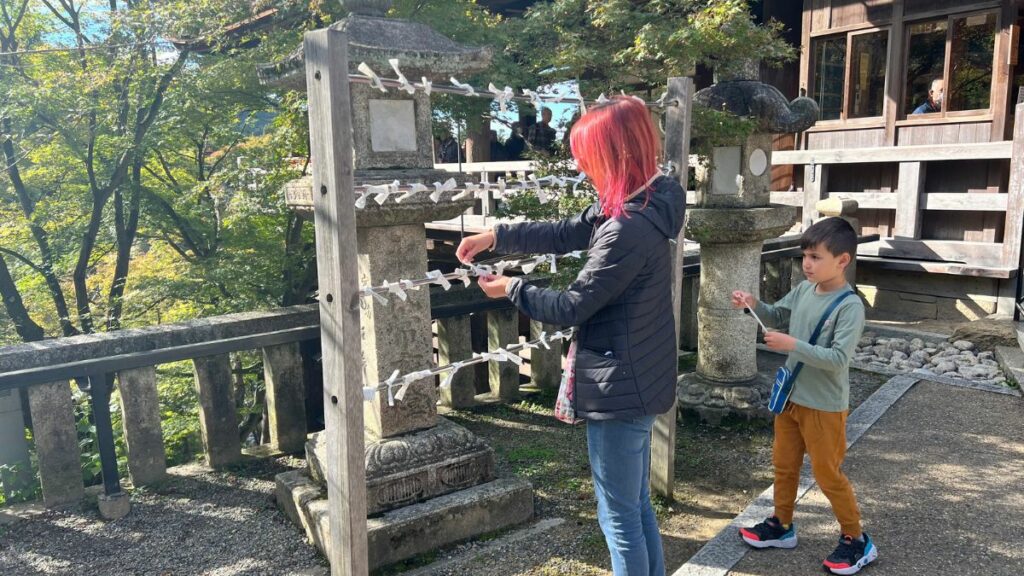
© Ana Costa
And there’s another lucky object I want to mention because it is extra cute. I’m talking about Maneki Neko, the beckoning cat. It’s a small cat that has one paw raised (sometimes two paws) and that is supposed to bring you luck. You can find many Maneki Neko models on Amazon. I have this one and I keep my coins inside 🙂
There are still other fortune objects, but these are my favorites.
Shrines are Shinto And Temples are Buddhist
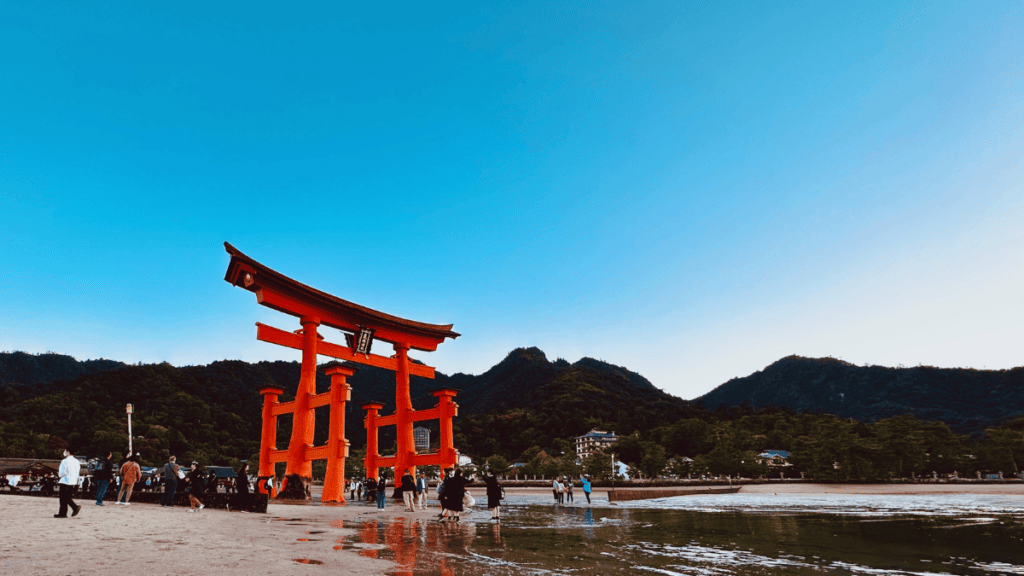
© Ana Costa
Generally, shrines belong to Shinto and temples to Buddhism, but it’s not that uncommon to see both on the same sacred ground.
Insider tips for your Japan trip. Quick, easy, and free!
I Want This
Shrines are easily recognized thanks to the Torii (gate), usually located at the entrance, which establishes the transition to a sacred place. A Torii is generally made of wood or stone, and it can be unpainted or painted in vermilion red with a black lintel on the top.
Here’s a small list of some of the most remarkable shrines you should visit in Japan:
- The Ise Grand Shrine in Mie Prefecture
- The Izumo Taisha Shrine in Shimane Prefecture
- The Fushimi Inari Taisha Shrine in Kyoto Prefecture
- The Usa Shrine in Oita Prefecture
- The Itsukushima Shrine in Hiroshima Prefecture
- The Kasuga Taisha Shrine in Nara Prefecture
- The Yasukuni Shrine in Tokyo
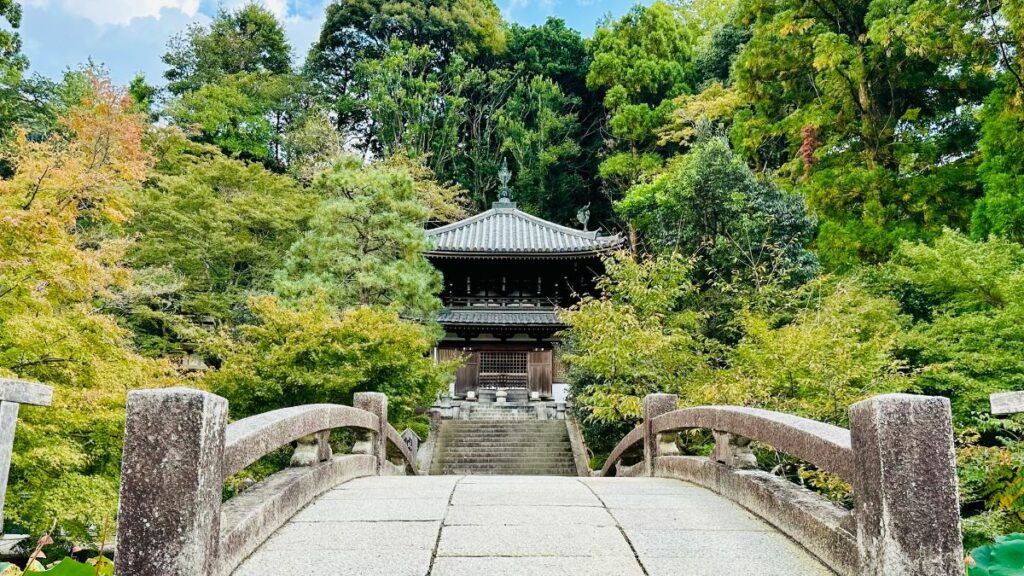
© Ana Costa
The entrance gate of Buddhist temples is known as Romon and it is usually a two-story gate. Like the Shinto Torii, it also establishes the beginning of the sacred ground, but it is located closer to the temple. The Buddhist gates tend to be more impressive because of their size and all the details.
If you want to see some of the most amazing Buddhist temples in Japan, here’s a small list too:
- The Kiyomizu-dera Temple in Kyoto
- The Kotoku-in Temple in Kamakura
- The Kinkaku-ji Temple in Kyoto
- The Todai-ji Temple in Nara
- The Sanjusangendo Temple in Kyoto
- The Senso-ji Temple in Tokyo
- The Chion-in Temple in Kyoto
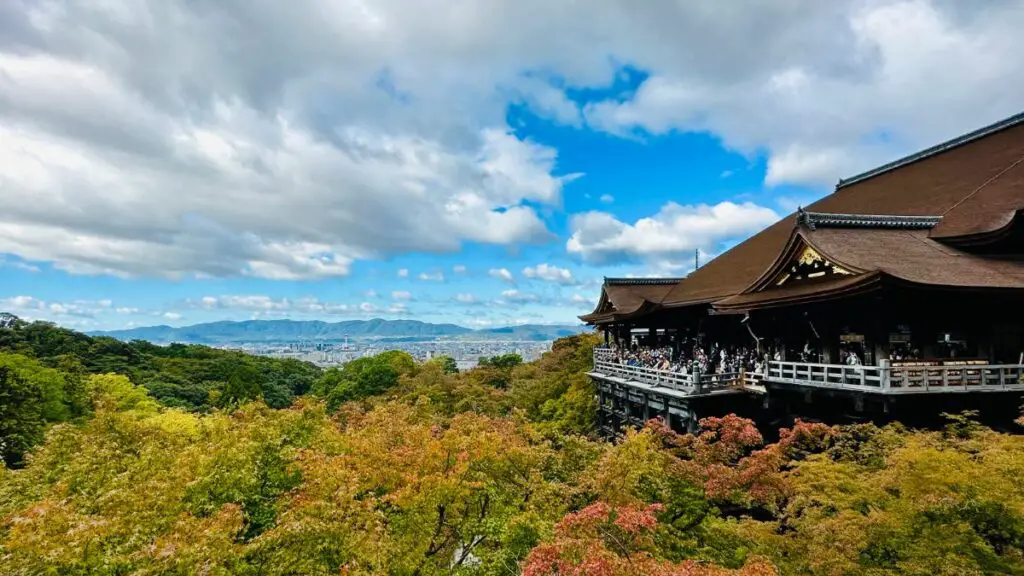
© Ana Costa
Even though they have some differences, shrines, and temples share the same primary function: to safeguard sacred objects. They aren’t mainly places of worship like we are used to seeing in the Western religion.
As we saw previously, Shinto and Buddhism are correlated, so sometimes it is difficult to make the difference between a shrine and a temple as both borrow characteristics from one another. This means that you can easily find temples that have guardian lion-dog statues or a water pavilion for purification, just like shrines. On the other hand, it’s not uncommon either to find the use of incense or a bell tower (typically Buddhist) in some shrines.
Religion Etiquette is Different in Shinto And Buddhism
Even if visiting the shrines and temples has become a sort of everyday life routine, you should still behave accordingly while inside the sacred grounds.
A common rule, if we can say so, is not to take pictures where you aren’t supposed to do so. There might be some buildings where pictures are not allowed, so be respectful and look for any signs.
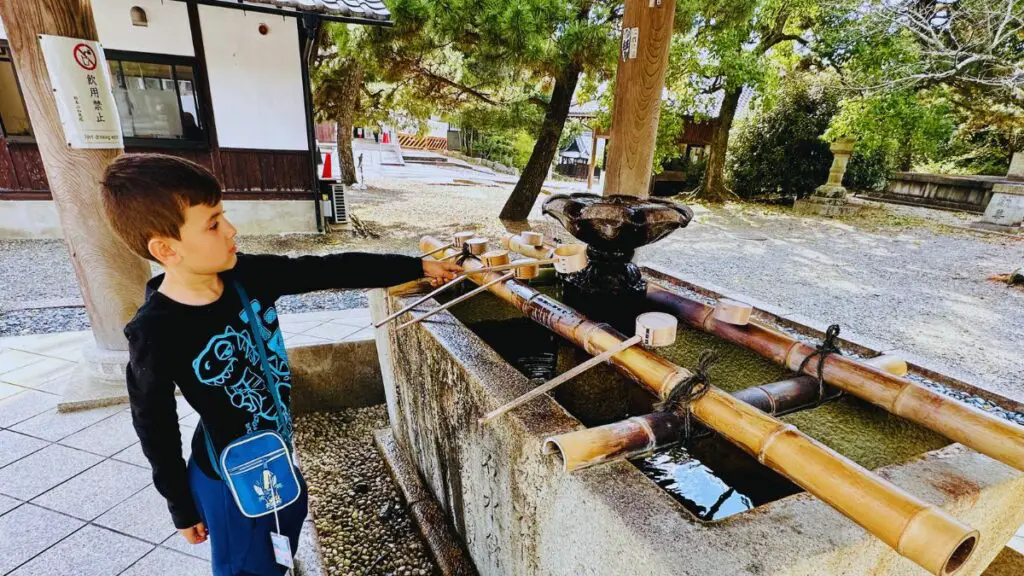
© Ana Costa
In shrines, after passing the Torii (gate) you’ll find a fountain with bamboo ladles. These are used to wash your hands and then your mouth, which is supposed to purify your spirit before entering. If you want to pray, look for an altar with a rope hanging from a bell. First, you must ring the bell, then you make an offering (throw a coin), and finally, you clap your hands three times and pray.

© Ana Costa
In temples, there’s usually a row of incense burners where you can light an incense stick. You must wave some smoke over you as it is believed to have healing powers. Also, it might be necessary to take off your shoes inside certain buildings. Generally, you can leave them at the entrance on a shelf, or you can put them in a plastic bag and carry them with you. For praying, you just have to kneel on the tatami floor in front of the altar.
Conclusion
And that’s it for this brief but amazing discovery of Japanese religion. In short, Shinto and Buddhism are part of everyday life and you will see that when visiting temples and shrines. You’ll find these charm things (Omamori), wish plaques (Ema), and even fortune papers (Omikuji) all over the place.
When visiting temples and shrines, remember to respect the customs, so wash your hands and mouth at a shrine, light some incense at a temple, and don’t forget to respect the no-photo zones.
I truly hope that you found useful information for your next trip and that you enjoyed this article. For me, it’s always a pleasure to gather and share with you all the interesting information I find about Japan.
Feel free to share your thoughts on this subject in the comments below. I’ll be glad to read your opinions.


